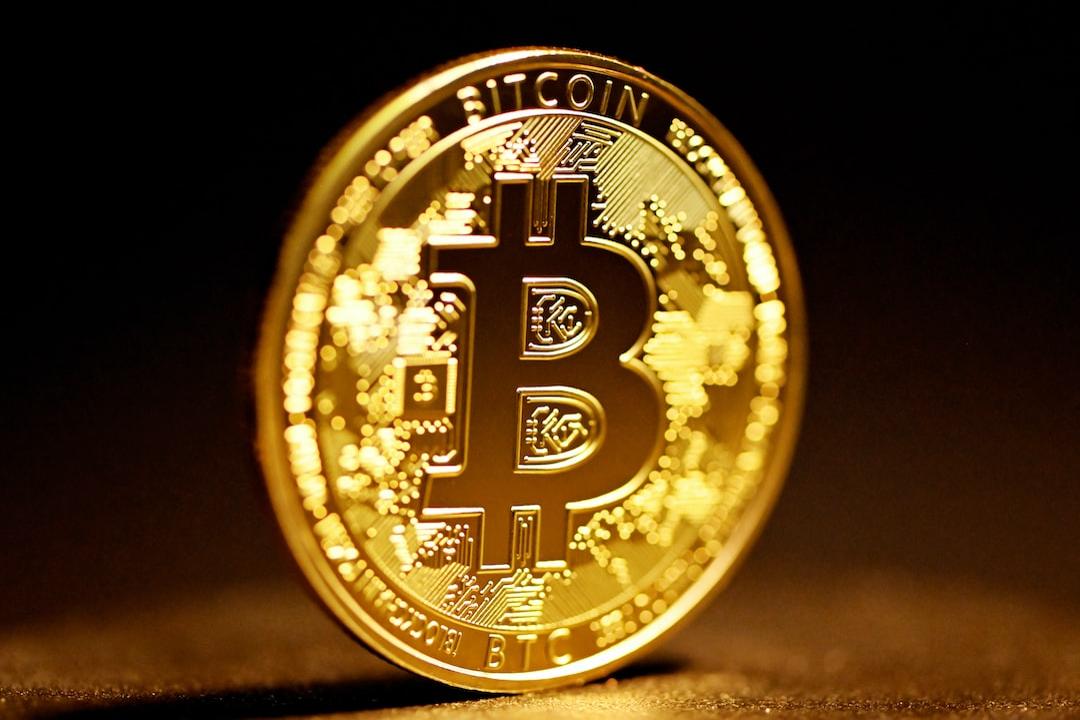Will Bitcoin’s Bullish Crossover Propel BTC to $150,000?
Summary
- Bitcoin formed rare weekly bullish MACD and Ichimoku crosses, signaling a possible breakout.
- Past signals like these led to 100% to 195% gains in previous rallies.
- A 100.73% surge could push Bitcoin to $150,000 if momentum continues.
On April 14, Bitcoin (BTC) printed a bullish 1-week moving average convergence/divergence (MACD) cross, in tandem with an Ichimoku bullish cross, which could signal the start of a rally to $150,000, per a May 5 TradingView post from renowned chart expert TradingShot. The former marks the first such instance that has happened in 7 months, since mid-October of 2024 — the latter is a comprehensive technical indicator that takes into account trend direction, momentum, and support and resistance.

Since September of 2022, each time these two signals appeared at the same time, a bullish leg of a long-term channel up chart pattern began. In addition, these bullish legs always provided triple-digit gains, ranging from 100.73% on the low end in February of 2023 to 195.61% on the high end in late 2024.
Moreover, as Bitcoin prices have recently found support and rebounded off the 50-period 1-week moving average (MA), there is reason to believe that another such bullish leg is about to commence.
At press time on May 5, the leading cryptocurrency was trading at $94,600. BTC has marked a 0.16% decline on the 1-week chart. With that said, on Friday, May 2, Bitcoin prices reached a local high of $97,720 — and have receded by 3.19% since.

A rally equating to the weakest bullish leg of the channel up pattern would entail a 100.73% surge compared to the April 9 low. If it comes to fruition, this move to the upside would see BTC trading at roughly $150,000, some 58.56% higher than current prices.
As Bitcoin consolidates in the $94,000 to $95,000 range, the $100,000 mark remains the most important threshold. Beyond being a psychologically important level, a breach of this price point would lead to large-scale short liquidations, which could, in turn, drive a more significant move to the upside.
Featured image via Shutterstock
